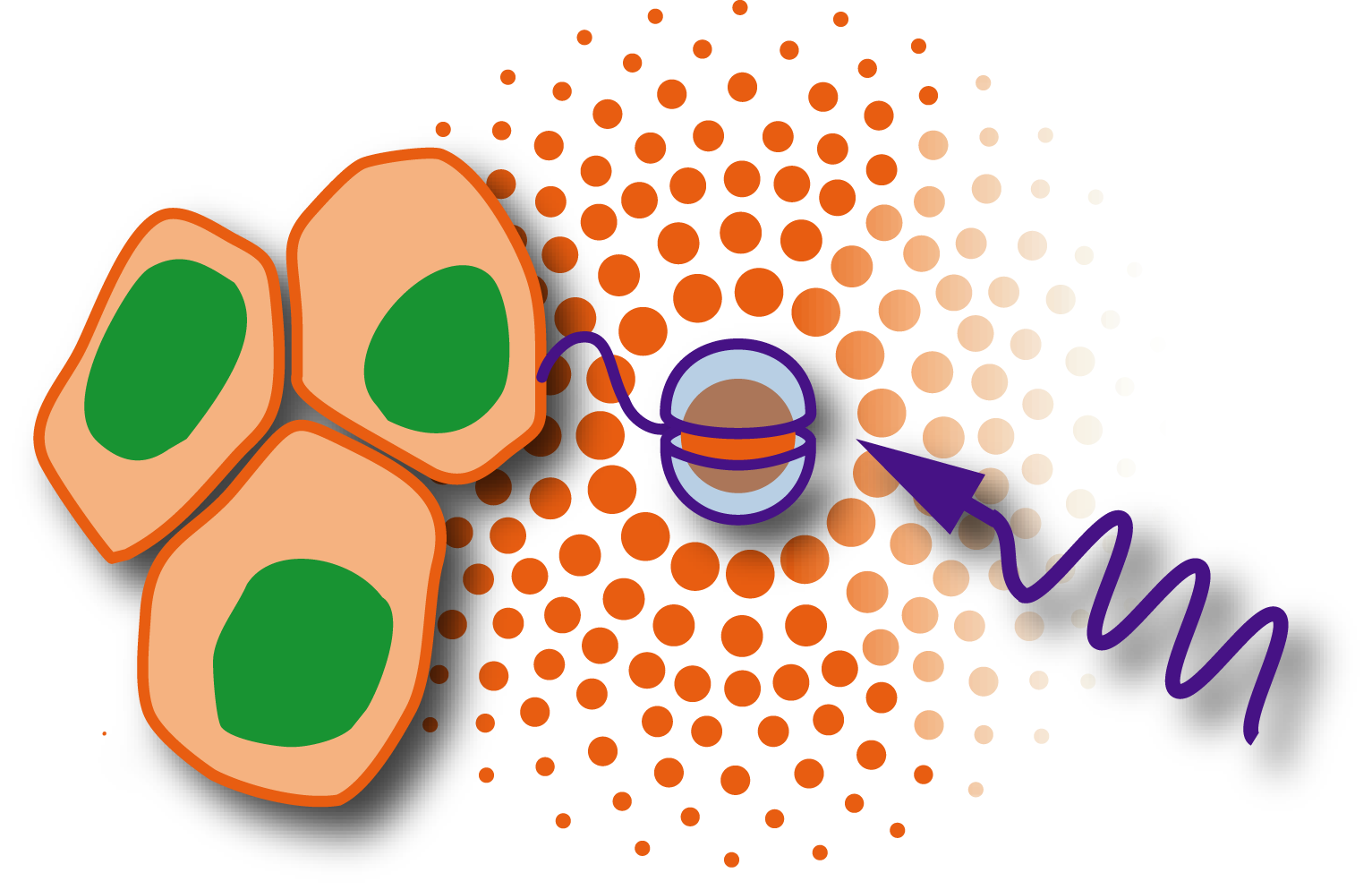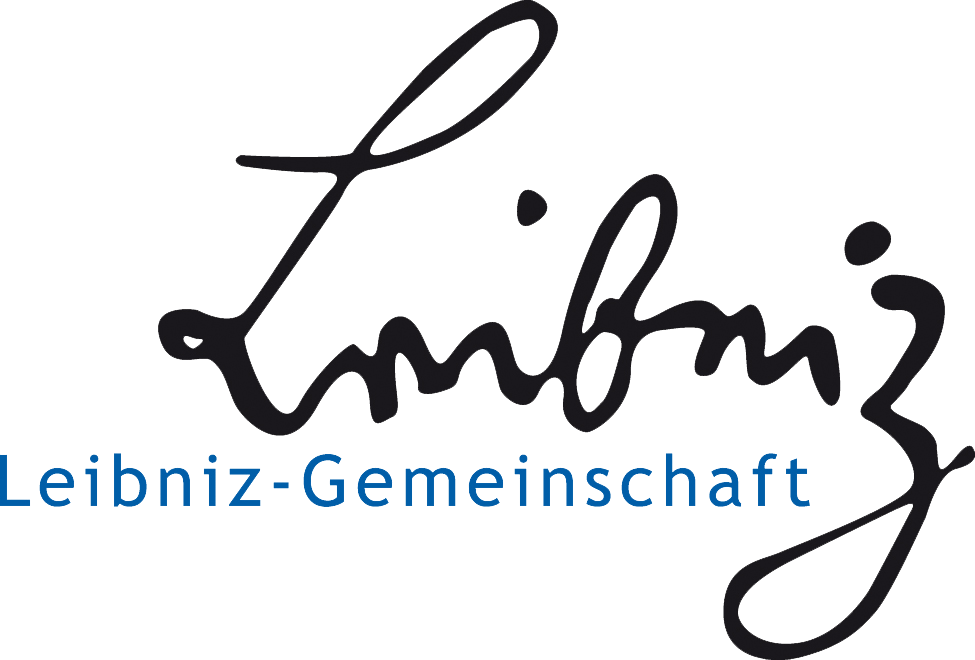




phone +49 30 94793 121
🖂 lschroeder(at)fmp-berlin.de
Forschungsinstitut für Molekulare Pharmakologie im Forschungsverbund
Berlin e.V. (FMP)
Campus Berlin-Buch
Robert-Roessle-Str. 10
13125 Berlin, Germany
+49 30 94793 - 100
+49 30 94793 - 109 (Fax)
🖂 info(at)fmp-berlin.de

Funding | News | Collaborations | Links | Teaching
Projects
Depending on available resources, we also maintain collaborations with other groups who desire to address interesting questions by NMR and MRI.
For a general overview, please use this [link]
For more detailed information choose from the options below.

The CEST method requires encoding of the frequency dimension and thus imposes new challenges on fast acquisition schemes.
--> learn more
The xenon magnetization is limited and needs efficient spatial encoding once it carries CEST information from the biosensors
--> learn more
Coupling the host structures for Hyper-CEST detection to targeting units requires novel protocols to preserve Xe spin exchange
--> learn more
The long-term fate of chelated gadolinium that may be released in the body after clinical MRI exams is still not completely understood
--> learn more
The Larmor frequency of Xe-129 spins is temperature sensitive and can
be used to sense RF heating during CEST detection

For the production of hyperpolarized xenon we continuously improve our spin exchange optical pumping setup and gas delivery options

Efficient nanocarrier design improves the CEST effect, the targeting specificity, and the biocompatibility of Hyper-CEST reporters
--> learn more
A key compnent of novel biosensor design is the translation of
biochemically relevant targets from fluorescence detection to MRI studies
with live cell experiments

Understanding and quantifying the exchange kinetics of reversibly bound spin labels is crucial for ultra-sensitive NMR applications
--> learn more
In collaborations with biologists we provide access to high-resolution MR tomography for non-invasive imaging
--> learn more









